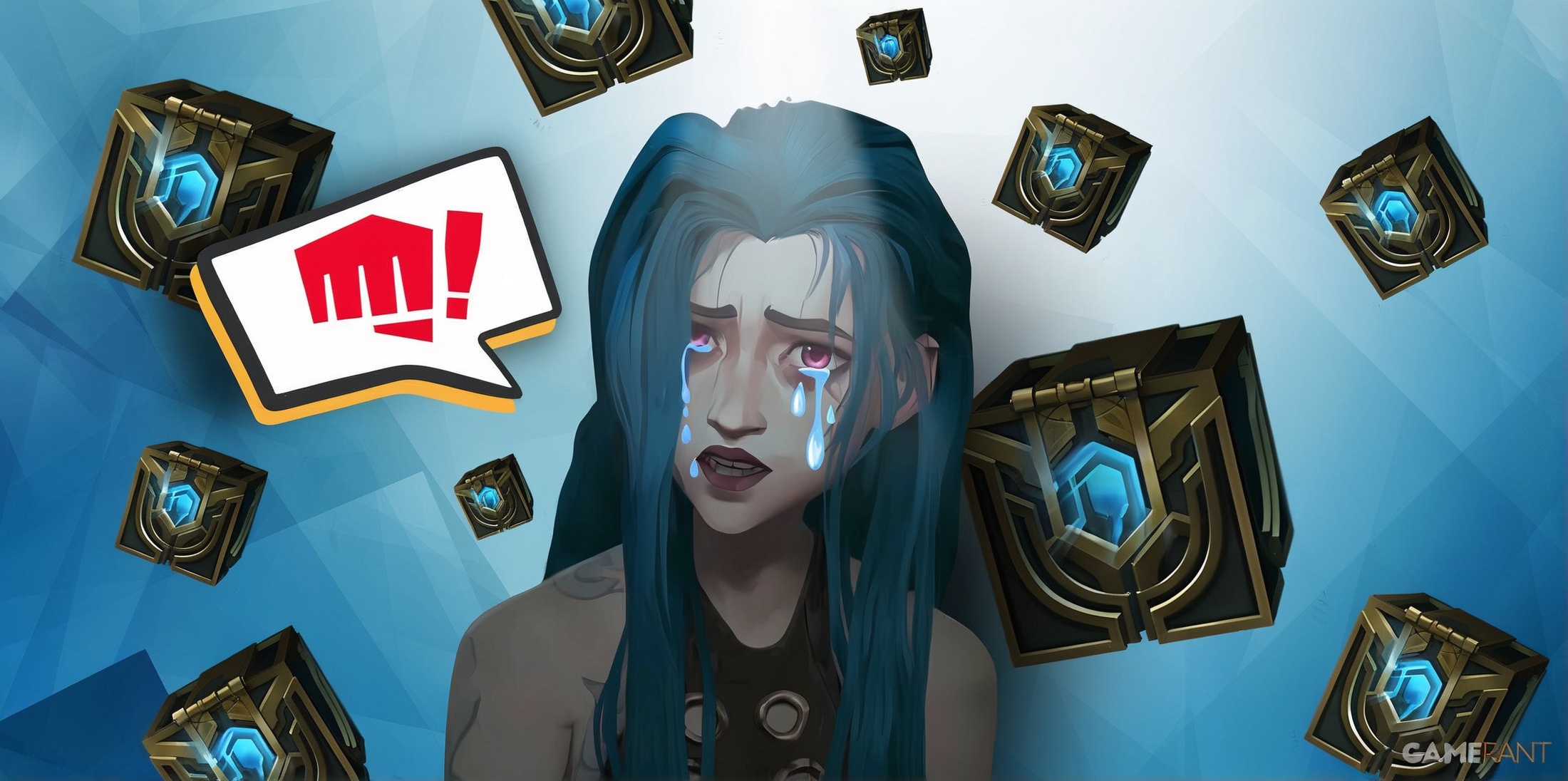League of Legends Players Call for Boycott Over Ahri Skin Pricing
The Controversy Surrounding Ahri Skins
League of Legends players are gearing up for a significant protest against Riot Games, the developers of the game, due to the hefty pricing of the new Ahri skins. This backlash has been swift and widespread, reflecting the community’s frustration with what they perceive as blatant greed.
High Pricing Sparks Outrage
The new Ahri skins have ignited a firestorm among players, primarily because of their exorbitant cost. The full Ahri bundle is priced around $500, a figure that many players find outrageous. This amount is equivalent to a full salary in many countries, making it an unaffordable luxury for most players. The community feels that Riot Games is prioritizing profit over player experience, leading to a sense of frustration and feeling unheard.
Community Response: The Ahri Ban Boycott
In response to this pricing, League of Legends players are organizing a coordinated effort to ban Ahri in every game. This boycott aims to send a clear message to Riot Games that the community will not stand for such high prices. By perma-banning Ahri, players hope to render the skin purchase useless for those who buy it, thereby forcing Riot to reconsider their pricing strategy.
Impact on the Game and Community
Ahri’s current ban rate has already seen an increase, standing at 16% and rising to 17% in Diamond and Platinum ranks. Despite not being particularly strong in the current meta, Ahri is now the 7th most banned mid laner. This trend is expected to continue as more players join the boycott.
The boycott is not just about Ahri; it’s a broader statement against what players see as exploitative monetization practices. The League of Legends community is known for its passion and solidarity, and this protest is a testament to their power to influence game developers. The outcome of this boycott could set a precedent for how game developers approach pricing and player engagement in the future.
Social Media and Influencer Impact
Social media platforms are filled with discussions about the perceived greed of Riot Games and the irony of the situation. While some influencers and streamers may still purchase the skin, the majority of the community is standing firm against what they see as a cash grab. The boycott has garnered significant attention, highlighting the divide between the game developers and the player base.
Potential Consequences for Riot Games
Riot Games is yet to respond officially to the boycott, but the community’s reaction is clear: they will not support pricing that they deem unfair. If the boycott gains enough momentum, it could force Riot to reevaluate their monetization strategies. This could lead to more player-friendly pricing models and a better overall experience for the community.
The Broader Implications
The Ahri skin boycott is part of a larger conversation about game monetization and player rights. It reflects a growing trend where players are pushing back against aggressive monetization practices in various games. If successful, this boycott could inspire similar actions in other gaming communities, leading to a shift in how game developers approach in-game purchases and player engagement.
Conclusion
The Ahri skin boycott is more than just a protest; it’s a call to action for game developers to listen to their players and prioritize their experience. As the gaming community continues to grow and evolve, it’s crucial for developers to balance profitability with player satisfaction. The outcome of this boycott will be closely watched, not just by League of Legends players but by the gaming community at large, as it could set a significant precedent for the future of game monetization.






